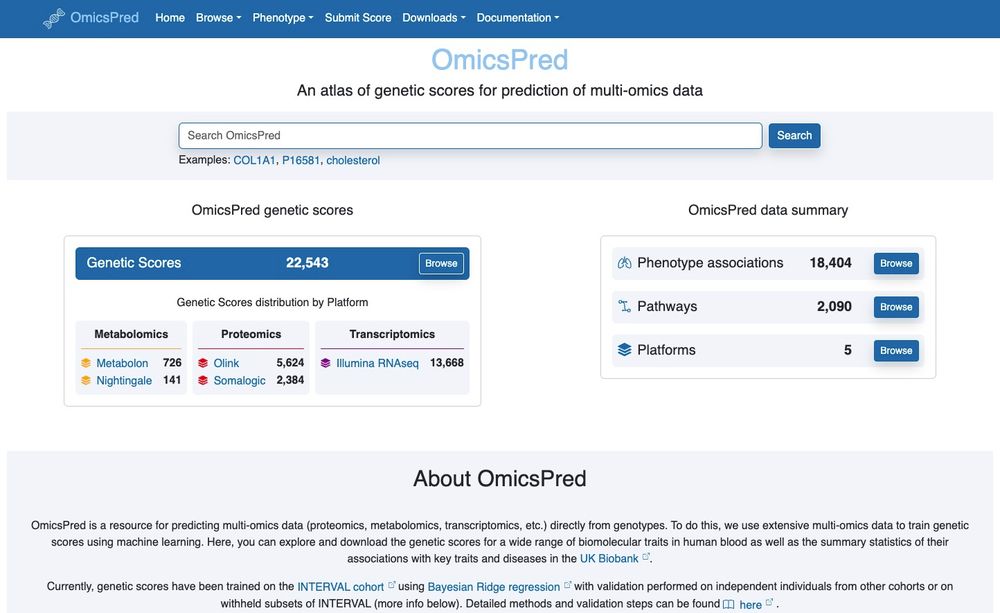doi.org/10.1101/2025...
Our manuscript on Exome sequencing and analysis of 44,028 British South Asians, using @genesandhealth.bsky.social is now available at @medrxivpreprint.bsky.social!
We present several great results, and I’m thrilled to highlight the pieces I worked on:

doi.org/10.1101/2025...
Our manuscript on Exome sequencing and analysis of 44,028 British South Asians, using @genesandhealth.bsky.social is now available at @medrxivpreprint.bsky.social!
We present several great results, and I’m thrilled to highlight the pieces I worked on:



